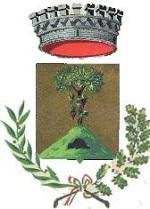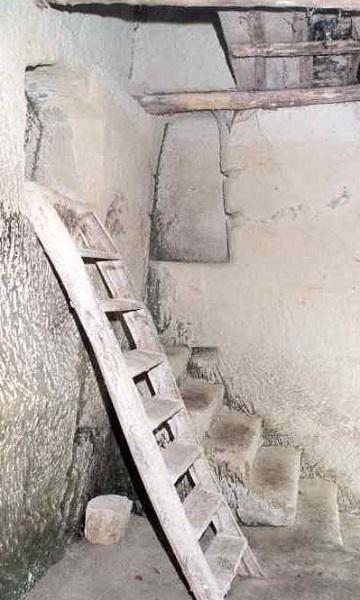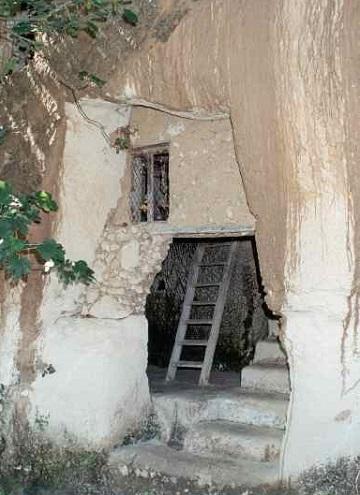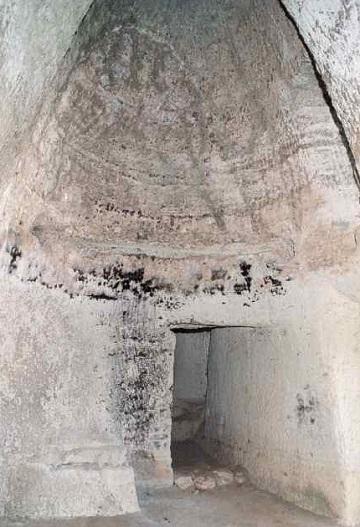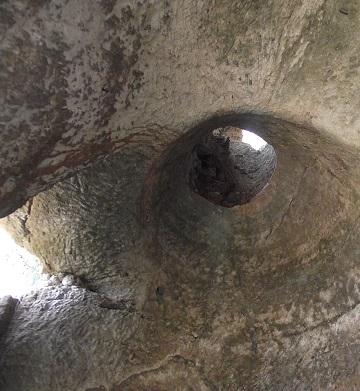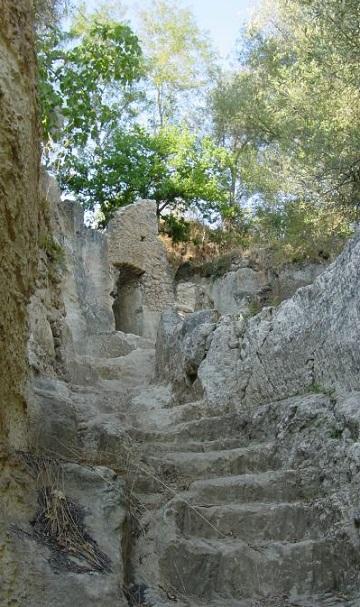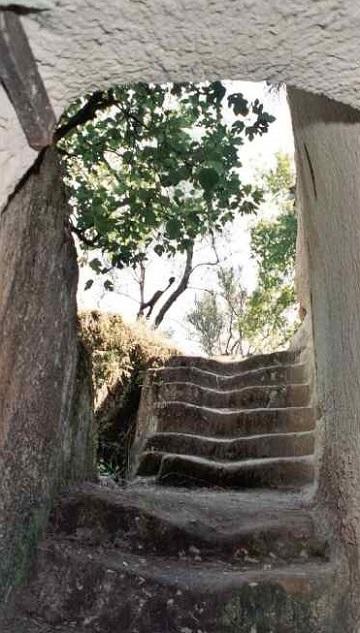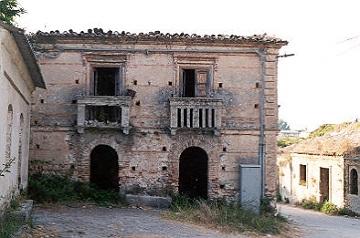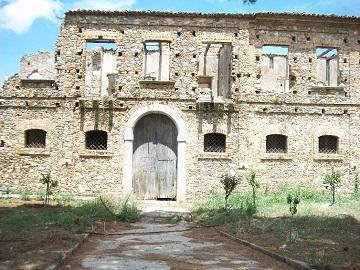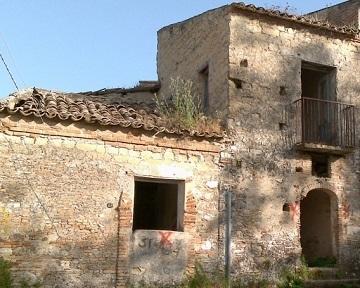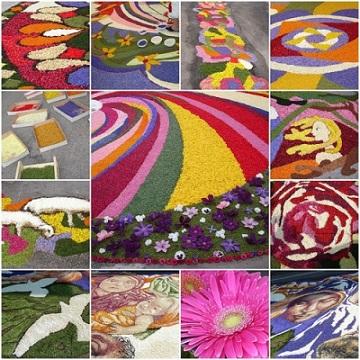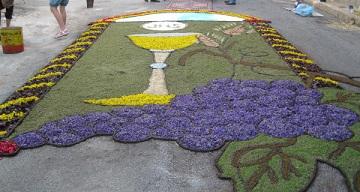Zungri
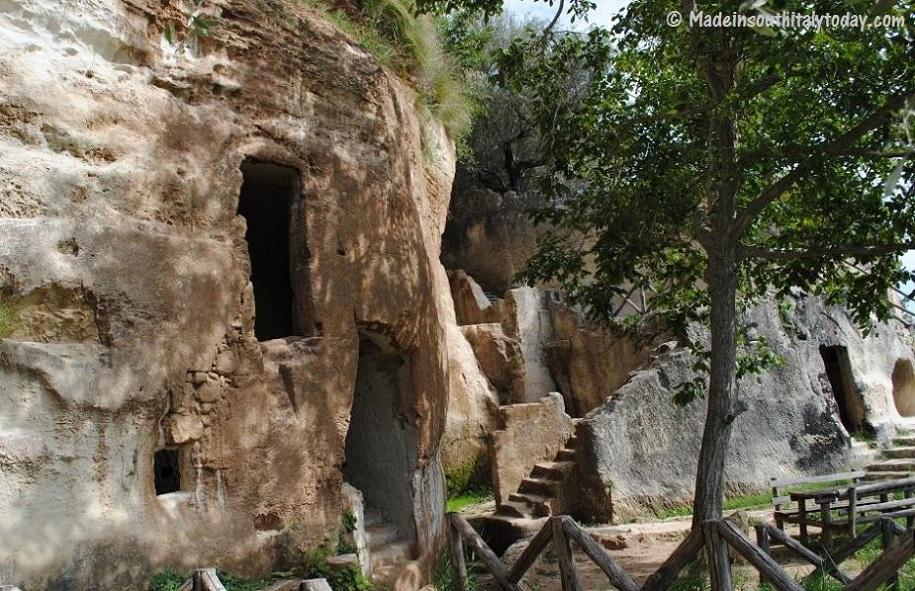
|
At the edge of the village of Zungri, on the hills above Monte Poro, a few kilometers of the popular and beautiful coast of Tropea and Capo Vaticano, you will find the Museo della Civilta' Rupestre e Contadina (cave dwelling), ignored, unfortunately, by most of the tourists visiting the area.
The name is of Greek origin.
The term Zungri comes from "rock", "tuff", "cliffs", well compatible with the morphology of the place, because of the presence of banks and sandstone cliffs. Zungri was known as Casale di Mesiano, established in 1811, and repeatedly destroyed by the earthquakes of 1638, 1783 and then again in 1905.
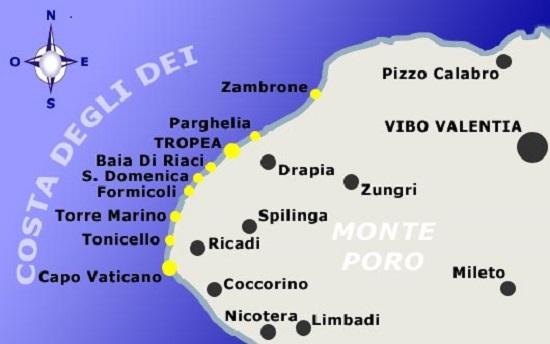 |
|
Zungri is a municipality in the province of Vibo Valentia, 571 above sea level on the north side of the plateau of the Poro.
Getting there is much more exciting then reaching the destination itself.
You will be admiring unforgettable breathtaking views.
Below, is a view of Tropea .
|
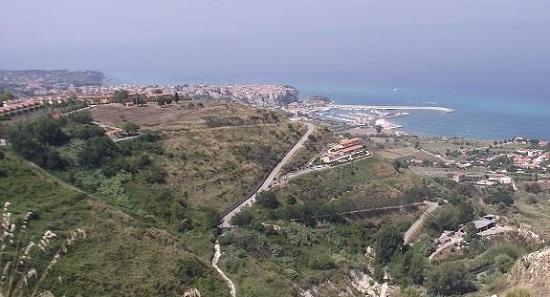 |
|
The town is one of the largest and most important agricultural centers in the area and is bordered by the municipalities of Rombiolo, Briatico, Cessaniti, Draper, Filandari, Spilinga and Zaccanopoli.
It has a territorial extension of more than 24 square kilometers and, with the town of Papaglionti (from Papas Leontius, an ancient ecclesiastical personage) is one of the most interesting villages of the Poro.
It is difficult to give precise historical origin of Zungri.
We first read of the existence of a human settlement called Zungri in an ancient document (Rationes Decimarum Italian) dating from the year 1310 where it mentions that the priest chaplain of the church of St. Nicholas of Zungri has paid taxes at the time .
|
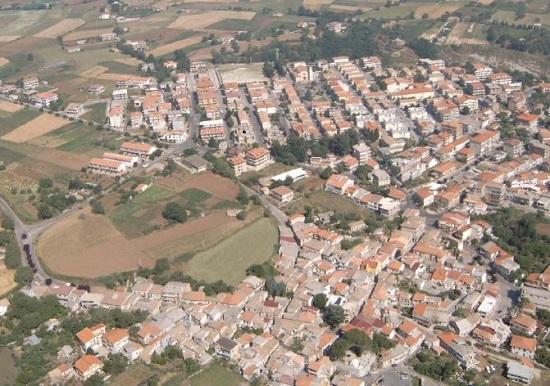 |
|
Important studies have also found that Zungri has already been populated in prehistoric times, exactly in the Magna Grecia and Roman era.
It is assumed that Zungri was formed between the twelfth and fourteenth.
|
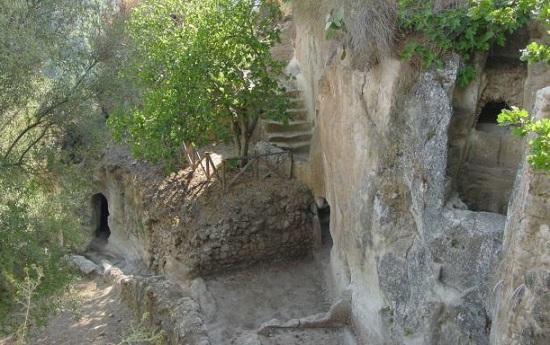 |
|
Cave Settlements : Calabria is dotted with caves used as hermitages and monasteries that testify to a particular model of social life that had as protagonists the Basilian monks.
|
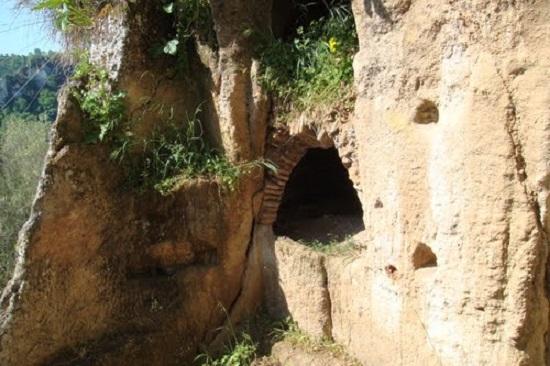 |
|
These testimonials are of the highest expression in Zungri's settlement in the so-called Cave of Sbariati.
|
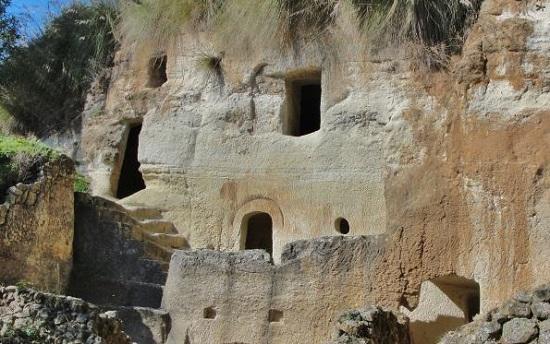 |
|
The settlement is located on the outskirts of the historic center of Zungri in Fossi, on the ridge to the south-east of the valley of the Fiumara Malopera,
|
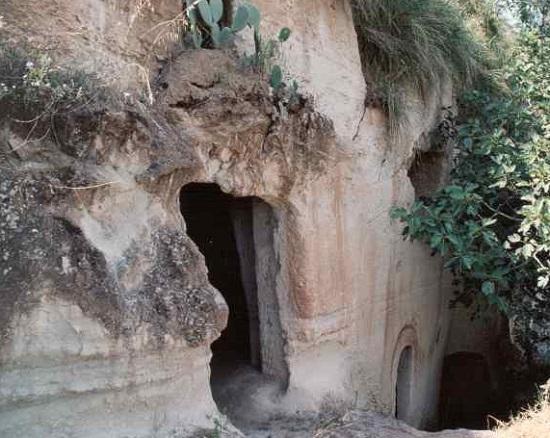 |
|
The settlement of cave dwellings seems to date back to the X-XII centuries and it consist of hundreds caves of various sizes and shapes and covers an area of about 3000 square meters. and is considered a unique case of its kind in Calabria.
|
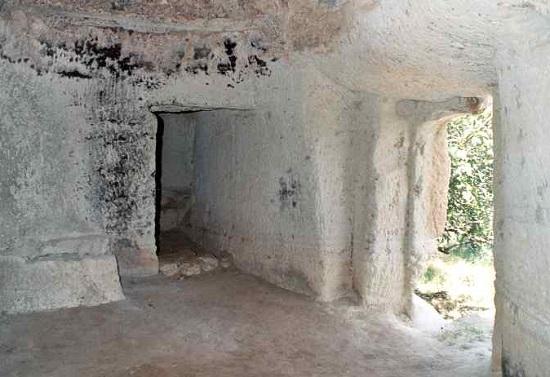 |
|
The sight of these ancient single dwellings let you imagine the ways of life and socio-economic organization of a human agglomeration far back in time , beyond any data known to us.
|
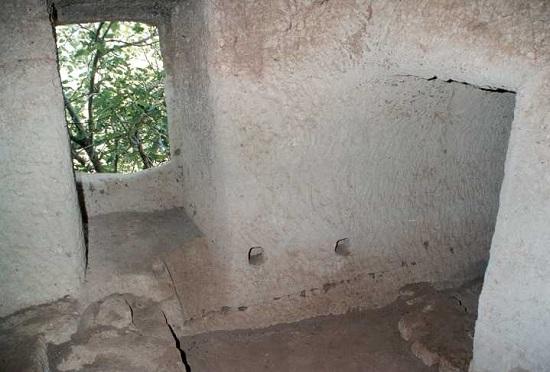 |
| The majority of the caves is constituted of only one environment (single celled) on the ground floor, few others are are composed of multiple (two-cell), and other feature also of the upper floor, a floor which is accessed via interior stairs wood or dug into the sandstone. |
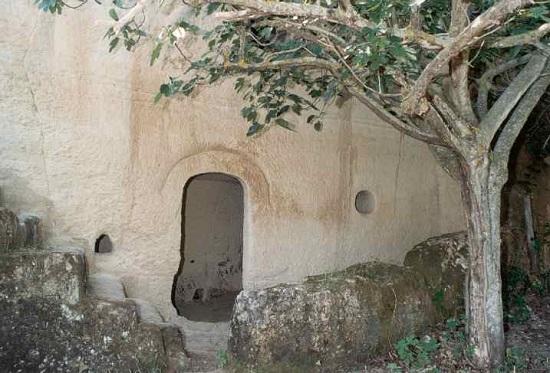 |
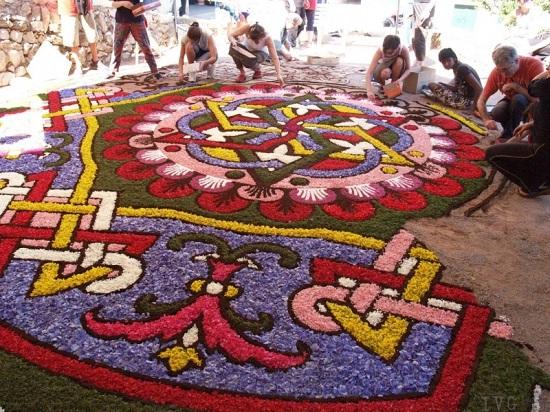
|
|
|
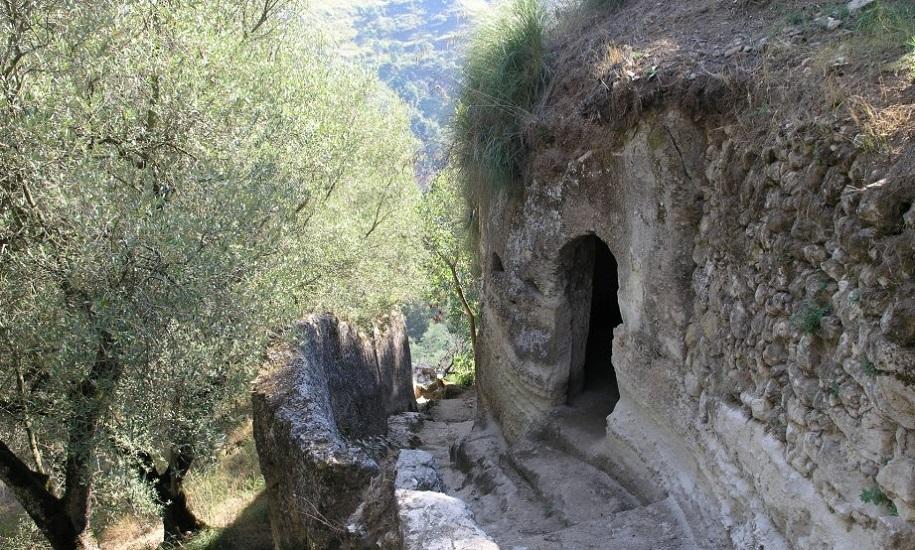
|
La vetrina ideale per promuovere i vostri prodotti e servizi sul mercato Nord Americano ma che potrebbe essere un punto di visibilità anche nei vari mercati internazionali.
AZIENDE - PRODUTTORI - STRUTTURE RICETTIVE - GUIDE TURISTICHE - TOUR OPERATORI
Ai nostri visitatori piace il Sud Italia, vuoi dire loro qualcosa?
Il nostro obiettivo e' quello di promuovere prodotti tipici del Sud in un contesto di marketing globale, e allo stesso tempo proporre
il nostro Meridione come alternativa turistica, ben consapevoli che il successo dell'uno è essenziale per il successo dell'altro.
Paesi di provenienza dei visitatori in ordine numerico
Stati Uniti - Canada - Italia - Gran Bretagna - Australia - China - Germania - Francia - Nuova Zelanda - Olanda
Coloro interessati ad inserire la loro attivita'/azienda/ nel sito
sono pregati di mettersi in contatto usando il modulo sottostante .
Per saperne di piu'...

|


